(ECNS) -- Swedish fashion brand H&M announced on Sunday it would close its flagship store in Beijing’s Sanlitun area on June 11 as the lease contract is set to expire.
Its public relations department said that the brand would later pick new locations in Beijing and other Chinese cities.
Covering an area of over 1,200 square meters, the store is one of the largest in China. As the 200th store in China, it means a lot to the brand, said Jiemian News, a Chinese media outlet.
As fashion trends and customer tastes alter constantly, changes are happening in the fast fashion industry. In addition to H&M, many fast fashion brands have adjusted their marketing strategies in China in recent years.
For example, Zara has closed its stores in several cities in China last year, including Beijing, Shanghai, Guangzhou in Guangdong Province, and Yantai in Shandong Province. Gap, a clothing brand from the U.S., sold its business in the Chinese market to Chinese brand Baozun, which provides all e-commerce value chain services, while its sub-brand Old Navy has officially withdrawn from China in 2020.
“The competition in the Chinese market is fierce. China’s economic development level is constantly improving, and the consumption power of its residents is also improving. In this context, the positioning of some fast fashion brands is suitable for the Chinese market,” said Wang Peng, a researcher at the Beijing Academy of Social Sciences.
“They don’t belong to high-end brands and are less competitive in cost performance than some online brands, so their positioning is rather embarrassing,” Wang added.










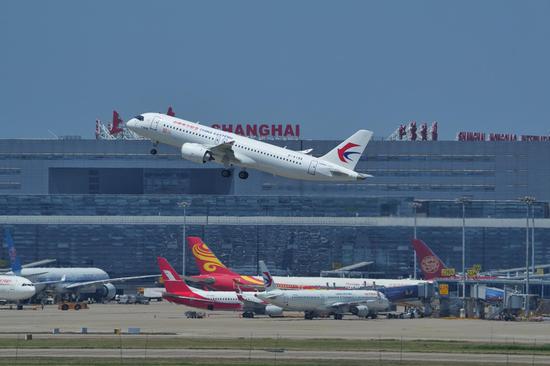


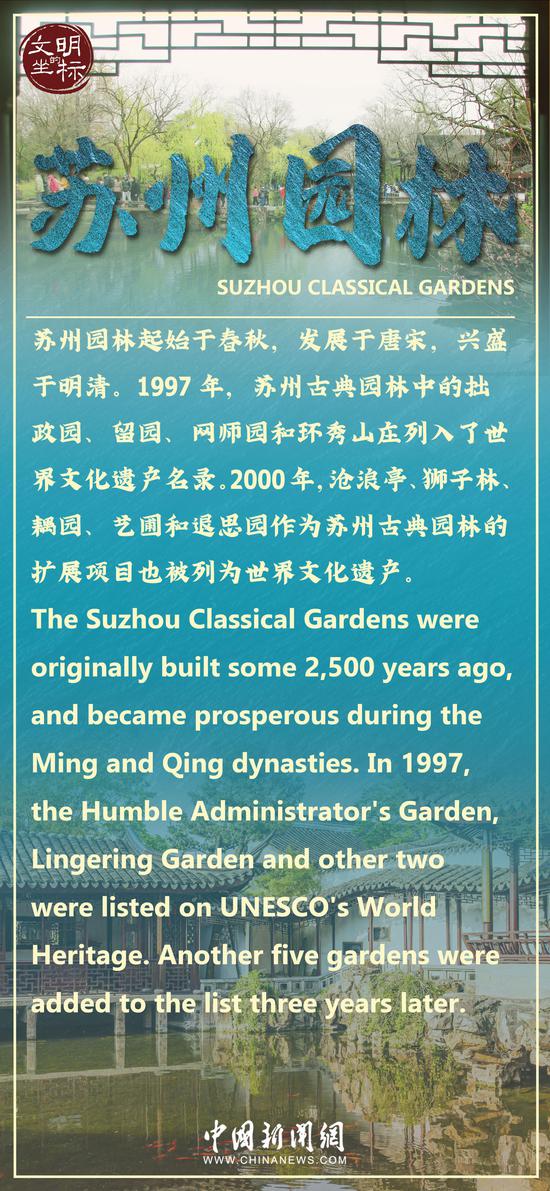
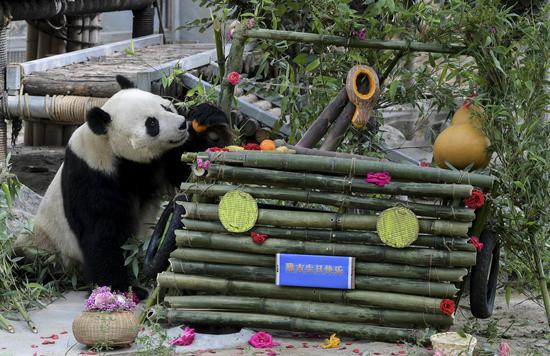

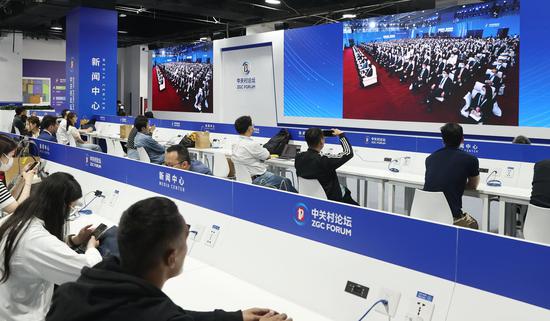


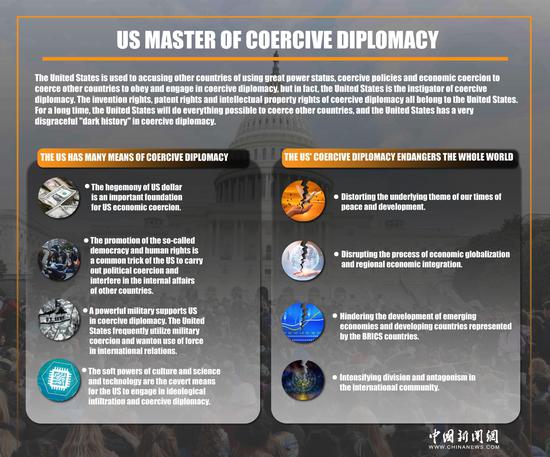

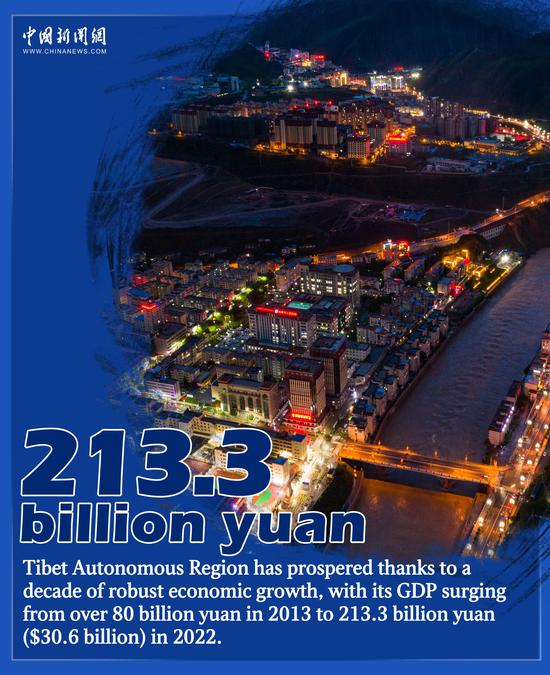
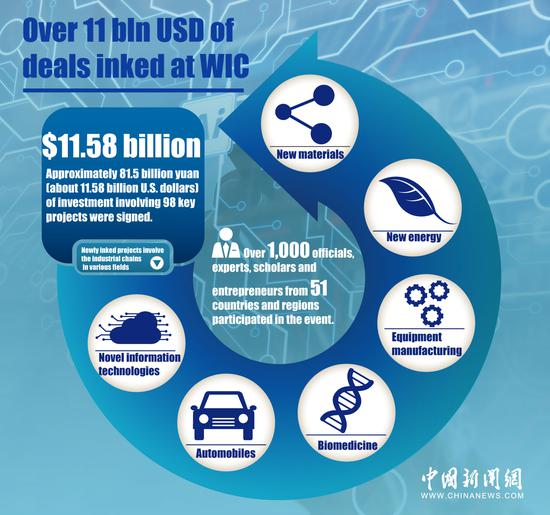




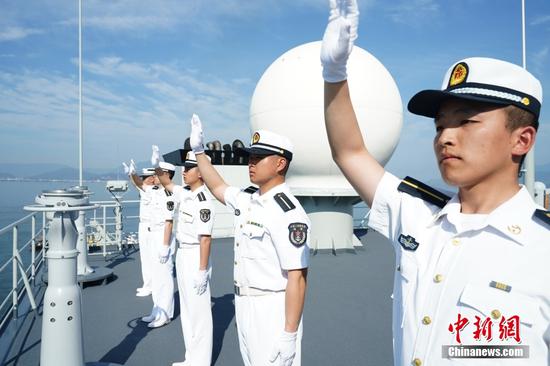
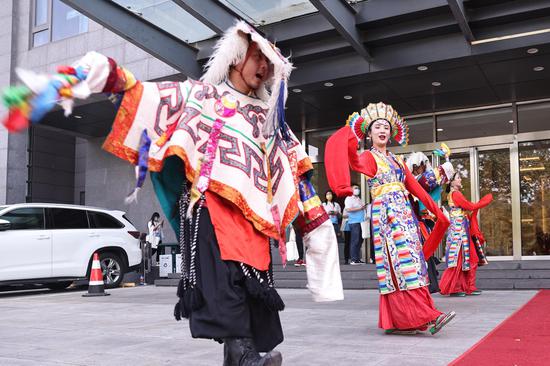



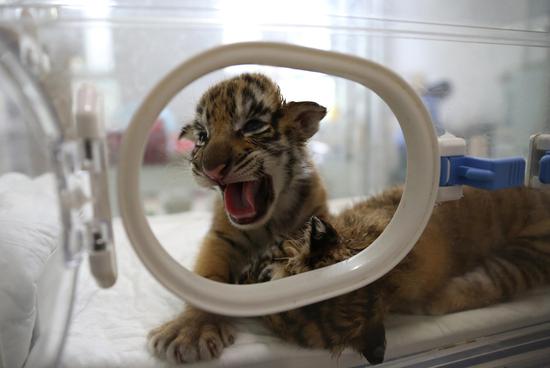
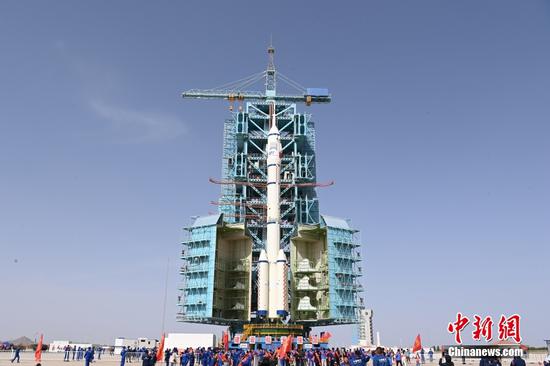



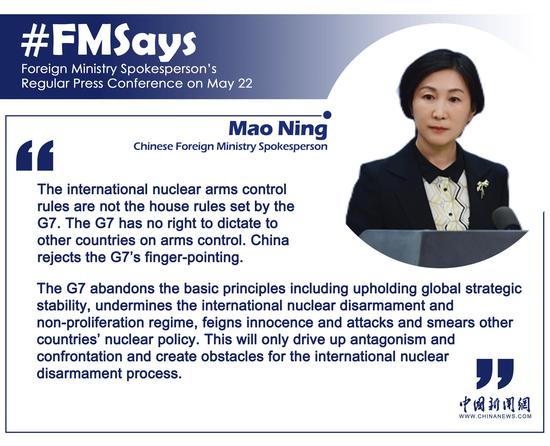
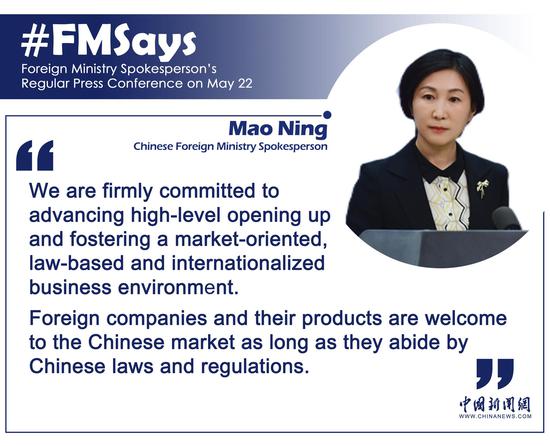

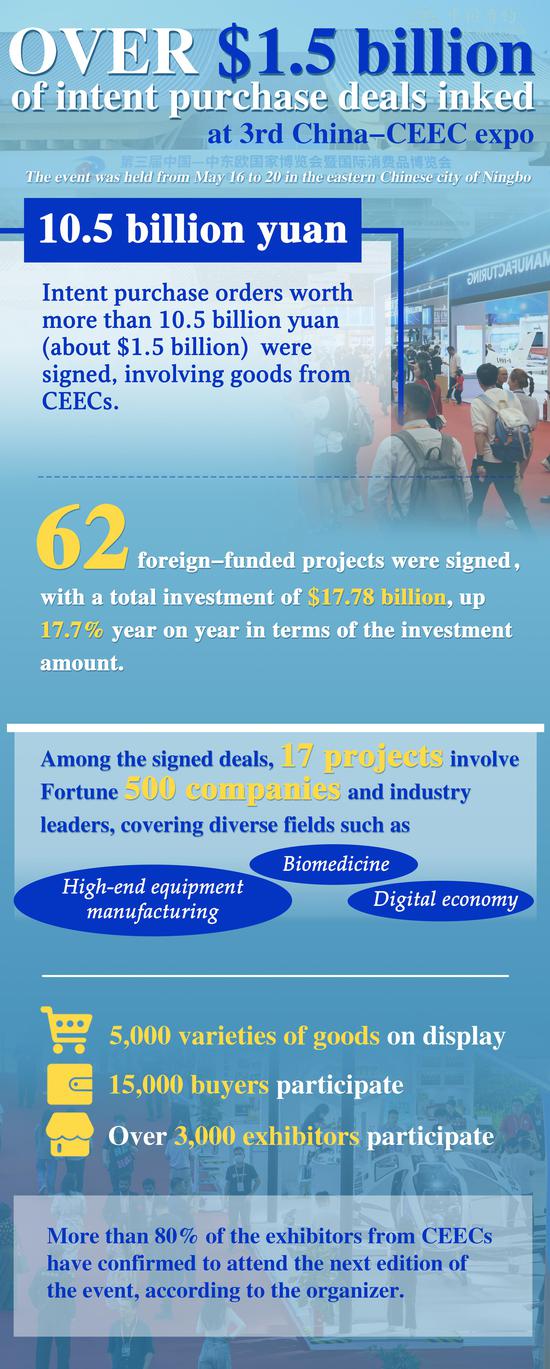





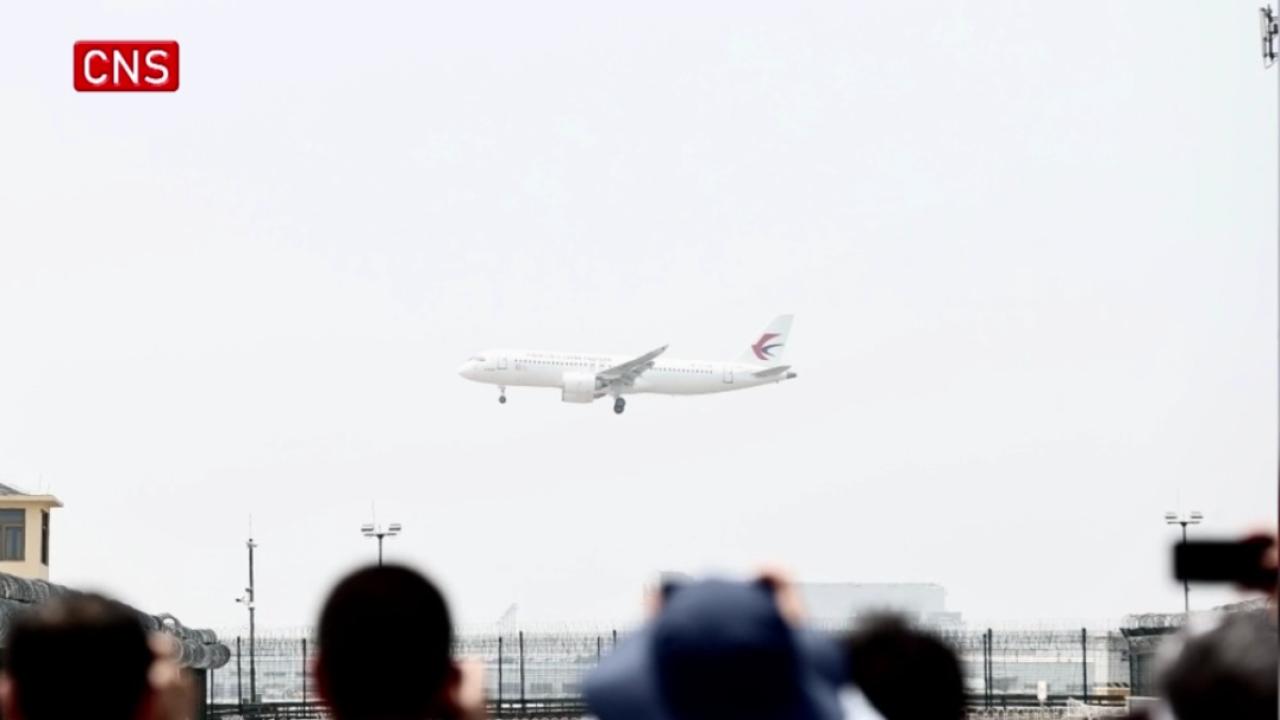



 京公网安备 11010202009201号
京公网安备 11010202009201号